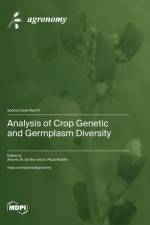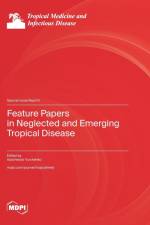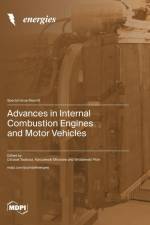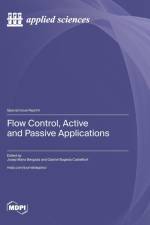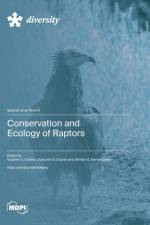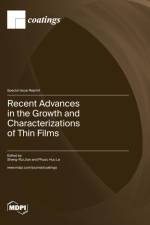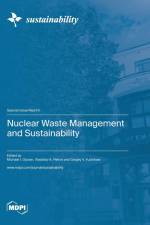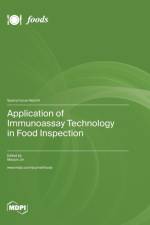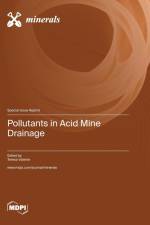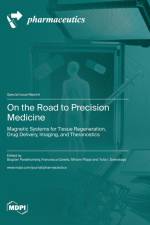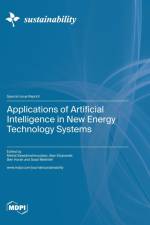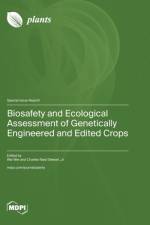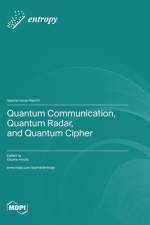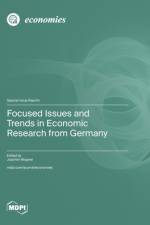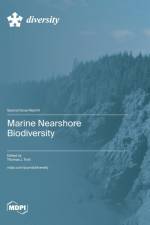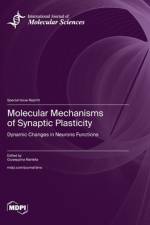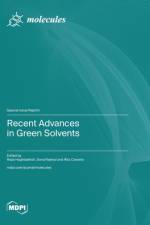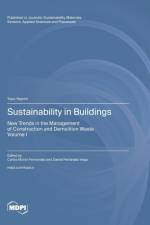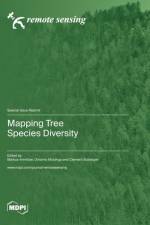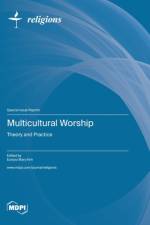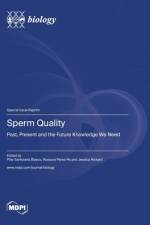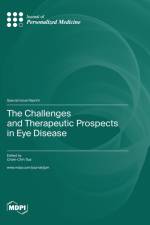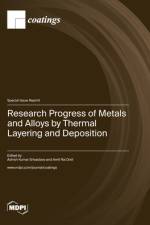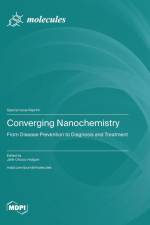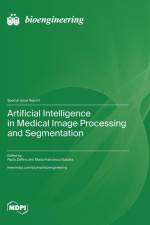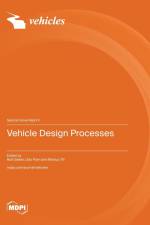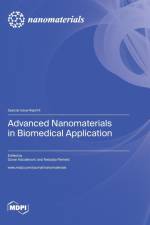1 047
This Special Issue contains 18 original papers presenting recent advances in thin film growth and characterizations, aiming to enhance the film's functional properties and applications. Various thin film growth methods, such as pulsed laser deposition, sputtering, electron-beam evaporation, chemical vapor deposition, anodization, etc., are employed to develop a wide range of thin film materials (i.e., Bi1¿xGdxFeO3, Bi2Te3, Bi2Se3, NdNiO3, Ti-B-N, Bi-FeNi, p-CuInOx, Sb0.14GaN, Zr-based metallic glass, GaN, TiO2, ZnO, Zn(O;OH)S, carbon nanotube, etc.). The studied thin films were developed by controlling the key deposition conditions, doping or surface/interface engineering. The studied properties of the thin films included structures, morphologies, compositions, (nano)mechanical properties (e.g., hardness, Young's modulus, pop-in phenomena, surface energy), multiferroics, photoconductivity, electrical conductivity, optical giant magnetoresistance, photoelectrochemical water splitting, photocatalytic and electrocatalytic activities. This series of publications provides a fundamental understanding of thin film growths and the resulting film properties for some applications. We are pleased to introduce this Special Issue to all interested readers. Hopefully, this reprint will serve as valuable support for students, engineers and researchers in the field of thin film technology to obtain new ideas for further developments with great significance and impact from both scientific and applicative/industrial points of view. We wish you a pleasant read.

